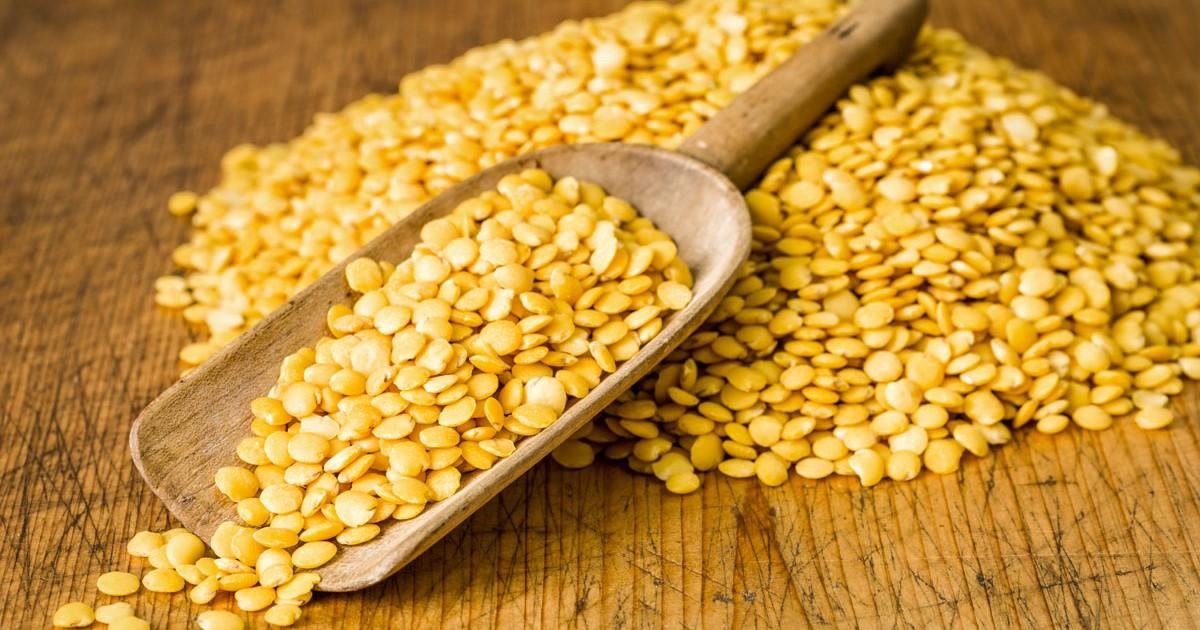In a strategic move to stabilize pulse prices, the Indian government, through the Directorate-General of Foreign Trade (DGFT), has lifted restrictions on the import of yellow peas. The move allows duty-free shipments of yellow peas until March 31, 2024, aiming to enhance the supply of pulses in the market.
Background
Yellow peas, primarily imported from Canada and Russia, were initially subjected to a 50% duty in November 2017. The recent decision shifts their import status from “Restricted” to “Free” as part of New Delhi’s efforts to manage the overall pulse basket prices.
Key Points
-
Duration of Implementation: The gazette notification issued on Thursday evening specifies that the duty-free import of yellow peas will be in effect from December 8, 2023, up to and inclusive of March 31, 2024.
- Pulse Consumption in India: India, being a significant consumer and grower of pulses, relies on imports to meet a portion of its consumption needs. The country primarily consumes varieties such as chana, Masur, urad, Kabuli chana, and tur.
- Government Intervention Measures: In a broader context, the government has taken various measures, including the extension of stock limits on tur and urad dal until December 31. The aim is to prevent hoarding, ensuring a continuous release of pulses into the market and maintaining affordable prices.
-
Revised Stock Limits: The notification in September revised stock limits for wholesalers, big chain retailers, and millers, emphasizing the need for constant availability of pulses in the market.
Rice Export Policy Adjustments for Food Security
In a related development, India has adjusted its rice export policies to support food security in various countries.
-
Export to Select Nations: Earlier restrictions on the export of non-basmati white rice were lifted for Comoros, Madagascar, Equatorial Guinea, Egypt, and Kenya. This comes as a response to these nations’ requests to meet their food security needs.
- Revised Export Destinations: India had earlier allowed the export of non-basmati white rice to countries like Nepal, Cameroon, Cote d’Ivoire, Republic of Guinea, Malaysia, Philippines, Seychelles, UAE, and Singapore.
- Controlled Export Mechanism: The export of rice is permitted through the National Cooperative Exports Limited, as stated by the Directorate General of Foreign Trade. This mechanism ensures that the export aligns with the government’s permission and the recipient country’s food security requirements.
-
Impact on Importers: Countries like Benin, UAE, Nepal, Bangladesh, China, Cote D’Ivoire, Togo, Senegal, Guinea, Vietnam, Djibouti, Madagascar, Cameroon, Somalia, Malaysia, and Liberia have been major importers of non-basmati rice from India.
Questions Related to Exams
Q: Why has India allowed duty-free imports of yellow peas until March 2024?
A: To stabilize pulse prices and boost the domestic supply of pulses.
Q: When does this policy come into effect?
A: From December 8, 2023, to March 31, 2024.
Q: What prompted the change in the import policy for yellow peas?
A: The Directorate-General of Foreign Trade shifted yellow peas from “Restricted” to “Free” category to manage pulse prices.



 Union Budgets 2024-25 Related FAQs Quest...
Union Budgets 2024-25 Related FAQs Quest...
 Union Budget 2024-25: Complete Budget An...
Union Budget 2024-25: Complete Budget An...
 Key Highlights of the Union Budget 2024-...
Key Highlights of the Union Budget 2024-...
